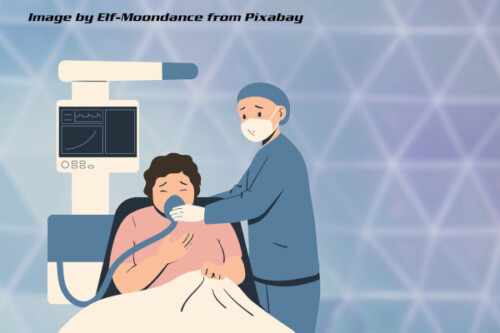How Medicaid Supports Our Nation’s Health
(StatePoint) The COVID-19 pandemic exposed vulnerabilities across our nation’s healthcare system, shining a light on disparities in access to care and health outcomes. People of color and those with low incomes are often left without access to high-quality, affordable health insurance, causing them to delay or forgo lifesaving care.
Strides have been made in improving access to coverage with the implementation of Medicaid and the Affordable Care Act(ACA). To date, more than one in five people in the United States — nearly 75 million Americans—rely on Medicaid for health coverage, making it the country’s largest healthcare program. More than 15 million of these Medicaid enrollees were made eligible through the expansion of coverage brought about by the ACA.
Everyone needs access to health insurance, yet those who are least able to afford it are left with the fewest options for coverage. More than 2.2 million adults make too much money to be eligible for traditional Medicaid, but not enough to receive subsidies to purchase health insurance through the ACA Marketplace.
The benefits of Medicaid for the individual are well-documented, leading to:
• Better health outcomes: Among Medicaid participants, there are fewer premature deaths, fewer adults with low income screening positive for depression, improved diabetes and hypertension control and an increase in early-stage cancer diagnoses.
• Improved access to care for children: Extending coverage to adults increases enrollment among eligible children and increases the care they received, including well-child visits, access to dental care, immunizations and vision care.
• More adults with low income are getting check-ups and other preventative care and have greater access to early and adequate prenatal care.
• Increased economic mobility: Participants have better access to credit, including low-interest mortgages and auto loans, and have an increased ability to seek employment.
The benefits of Medicaid for states’ economic health are also well-documented:
• Reduced uncompensated care costs. Those who can’t afford coverage are more likely to seek care in high-cost settings like emergency rooms. When uninsured patients are unable to pay, these unpaid medical bills drive up uncompensated care costs which in turn are absorbed by hospitals and the federal and state governments.
• Improvements in hospital budgets, especially for rural hospitals.
• Fewer evictions among renters with low income.
Perhaps most importantly, Medicaid provides peace of mind to people who would otherwise be uninsured. As a nation still in the trenches of the pandemic, it is crucial that we move towards ensuring everyone living in the United States has access to quality, affordable health coverage.
To learn more about Medicaid, visit https://thatsmedicaid.org.
Articles posted on this site are the works of their respective authors. They may be for informational or entertainment purposes and do not necessarily represent the views of this website nor imply endorsement by this website, nor endorsement of this site by the authors, nor do we get paid for placing articles on this site. Please do your research and seek professional advice before using any information.

